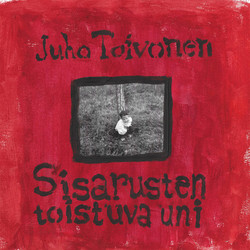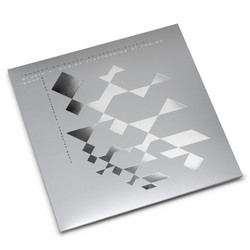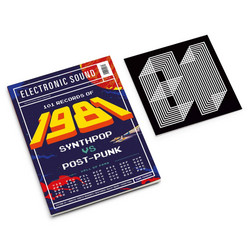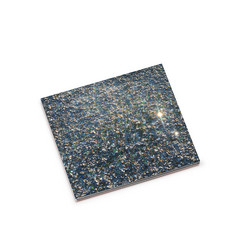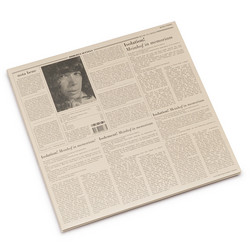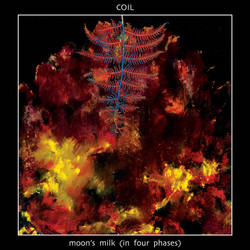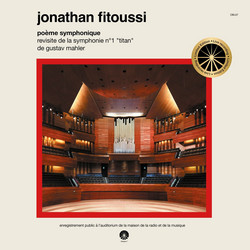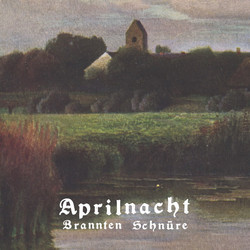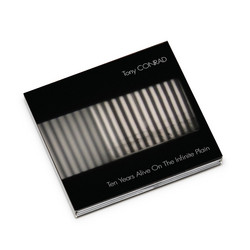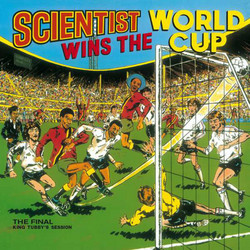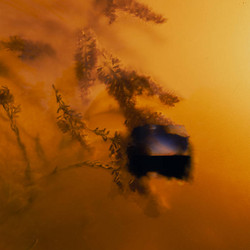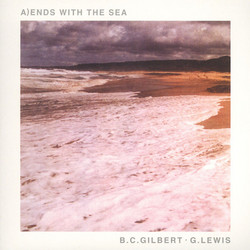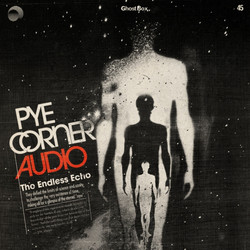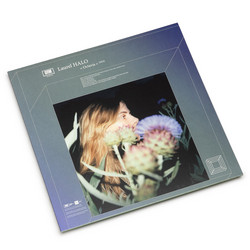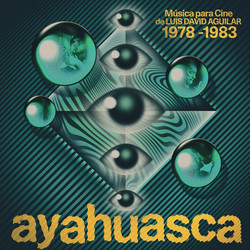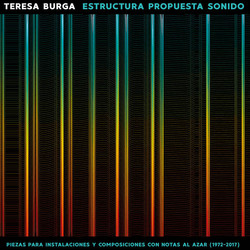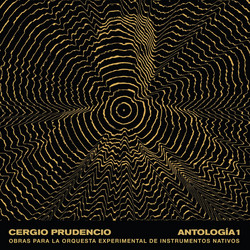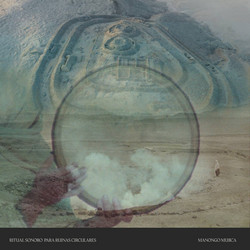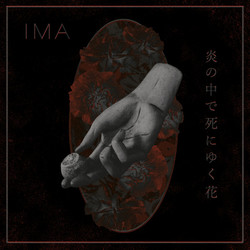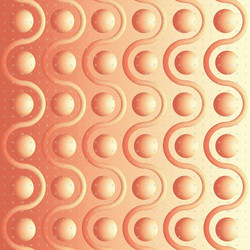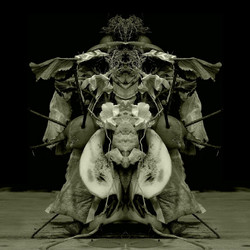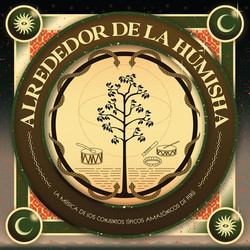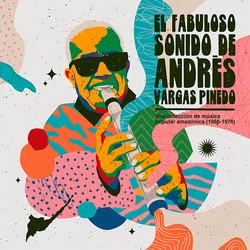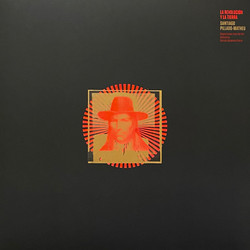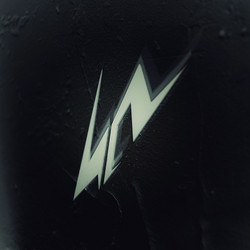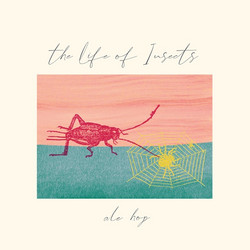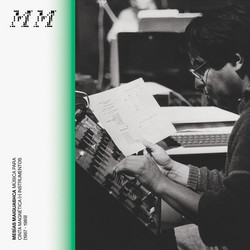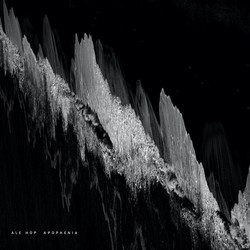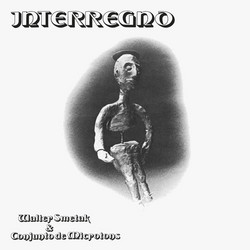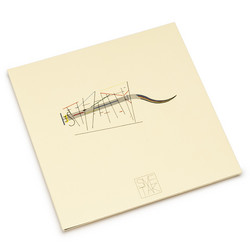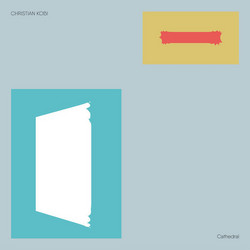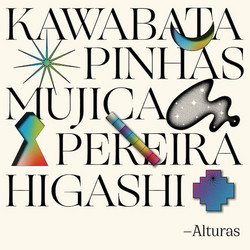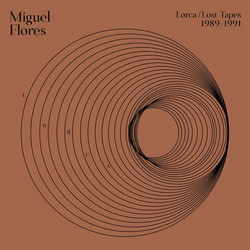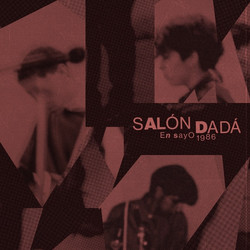Finally reissued on CD by Buh Records in a limited edition of 300 copies. This CD is part of the Sounds Essentials Collection, a rescue project of several fundamental works of Peruvian Avantgarde music, which will be published periodically.
David Aguilar Carvajal about the soundtrack: "Men of Wind (Hombres de viento) was the shared realization that José Antonio Portugal and myself created through our thoughts on audiovisual production. This was our first collaboration. Minutes into our first conversation, I realized that our creative process was similar, as well as the fact that we’re both from Arequipa. Looking back now, I think that the Peruvian film documentary industry could have greatly benefited if the cosmic winds would have blown in our favor. Making quality films at that time demanded a great amount of money that was difficult to obtain. Nevertheless, Men of Wind, was filmed with a string camera, not because we were looking for a special aesthetic, but because we didn’t have the budget, however, it turned out great.
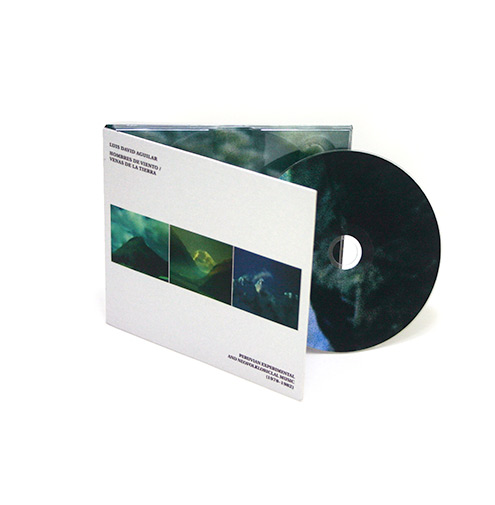
The point of this thirteen-minute documentary is to report and reflect on the job of the workers of the ashlar quarries in Arequipa, and their early and inexorable death due to their work. Deaths caused by gigantic pieces of ashlar collapsing on the workers, and others, in time developing pulmonary deficiency caused by inhaling the dust generated by these massive mine collapses.
In terms of the music, the soundtrack was composed with recording studio in mind, with a line-up of instrumentation and sounds of, pututus, quenas, zampoñas, wakrapuku, pitos, claves, shacapas, tinyas of different sizes, cymbals with a bow, human voices, viola and prepared piano. The structure of the composition anticipates common characteristics with Venas de la Tierra. The sound scape does not have the intention of exploring new technical instrumental possibilities, yet, the sum of all the sounds create an original tone pallet.
The thread that ties this music together is its horizontal melodic contour, and the pedal point of the zampoñas on which the whole architecture rests. The soundtrack looks for inter-dimensional connotations between the image and the sound. Everything was recorded live with the exception of the pedal point of the zampoñas. The recording was done in analog format. The score is written in avant-garde graffics, measured in seconds, and in some strategic moments with some electroacoustic effects. This soundtrack records the voices of the recognized filmmaker and editor – in this case, the maker of this documentary also – Gianfranco Annichini, the director of the film: José Antonio Portugal, and I myself.
Men of Wind was awarded with several prizes at the First National Film Contest, organized by Conacine. It obtained the award for best script, best music, best edition, and best sound. This demonstrates that it was a superb work. On the other hand, the music is strong enough to stand alone, so much so, that Edgar Valcárcel, one of the most important academic composers of his generation in our country, wrote in 1991: “… In a lecture that I gave in Montreal for the recent Musical Youth Congress, I presented Aguilar’s electroacoustic work Hombres de Viento to a demanding group of composers, and the work earned enthusiastic and praising comments as a valuable exponent of the current contemporary music in Peru…”
Men of Wind has also been shown in universities in the USA, always with great success. Memories and experiences that project me into an imaginary world, from where I perceive the possibilities of our talent and its relation with the implacable linear time, and its apparent asynchronicity.
Veins of the Earth is a visual inspiration translated into music, written for the mid-length film of the same name by the talented document filmmaker from Arequipa and a friend, José Antonio Portugal.
There were many dreams that were discussed and mentally constructed with José Antonio, which remain as patrimony of our creative force at some point in time, waiting with dignity, of other necessary efforts, that will allow them to be expressed through audio and visuals. The reason why this music is also an homage to the meeting of our talents and our way of dreaming the world.
The music written for Veins of the Earth, composed to be recorded in a studio, in an analog format, and with the aid of electroacoustic effects available at the time; dates back to 1982, and today, thanks to the intervention of Luis Alvarado, who is making the edition of this CD possible, IT will be shared with those souls who will be guided to it.
I want to comment as well that the orchestral pallet used here was designed with native instruments such as: antaras, tinyas, charangos, shacapas, pitos from the mountains, ocarinas, human voice, and some western instruments such as the violin and prepared piano. Given this combination of timbres, as well as the ideas of new instrumental performance techniques, innovative and unprecedented soundscapes are achieved. it is written with avant-garde notation. The time is measured in seconds.
From a technical perspective, the composition highlights the deliberate intention of abolishing as much as possible the horizontal melodic concept throughout the structure. At the same time, the composition is divided in various sections, using pauses of expression or silence, as a consequence of the way the 34-minute film was interpreted.
The documentary, Veins of the Earth, is about the “offerings” made to the earth, which involve burying people alive, offered to the Apus (mountains), practiced at some moment in the history of our Andean ancestral culture. in this respect, my proposal as a film composer was to exorcise from beginning to end every sequence of the film. Another way to put it is, “icareo” [to sing healing songs], to borrow from the shamanic criteria, the cinematographic proposal, trying to generate inter-dimensional impressions through the music.
One of the audible characteristics of this concept is that the music comes through as vital and powerful, even in the profound and intimate moments. Its internal energy prevails and carries inevitably a tremendous internal rhythm that seeks a magical-primitive audible perception. Given that there is no horizontal melodic line to psychologically hold onto, one has to accept and surrender into the sonic sequences, which in time activates a type of total hearing, essential, synthetic, without fragmentations… Once the music is finalized, it will keep doing its job, transmuting the “I” into “we”.
In the case of hearing the audiovisual or cinematographic soundtrack, stressing again the absence of the horizontal melodic line in this music, the spectator will have the tendency to focus on the images, and that is good, for what we were looking for.
These 2 films have been a part of our creative aspirations that go back for little more than 4 decades. "
edition of 300 copies
